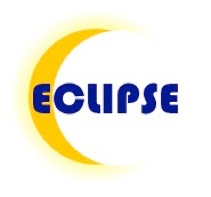The typology of learning impediments is intended as a diagnostic tool for thinking about where science learning 'goes wrong'. It is a model of the different types of 'learning bugs' that may occur when our teaching does link to students' thinking in the ways we intend.
One category of substantive learning impediment is a deficiency learning impediment. Null learning impediments occur when learning occurs which does not match the intended learning because the student interprets teaching in terms of existing ideas in a different way to intended. This may be because the student makes an unintended link with prior learning, i.e. an associative learning impediment
Could these be examples of associative learning impediments?
A molecule is a bit of a particle - or vice versa (A linguistic learning impediment)
A reaction is just something that happens (A linguistic learning impediment)
Confusing the particles that everything contains and very small grains of material (A linguistic learning impediment)
The nucleus in atoms and cells (A linguistic learning impediment)
Creating an explanation for the soot from Bunsen flames (A creative learning impediment)
Amy suggests electrical resistance depends upon density (A creative learning impediment)
Bert suggests chemical bonding evolved (A creative learning impediment)
A visual teaching model of ionisation in the mass spectrometer (An epistemological learning impediment)
The nucleus is like the sun in our universe - the thing everything orbits around (An epistemological learning impediment)
Return to ECLIPSE homepage
List of science topics

Dr Keith S Taber kst24@cam.ac.uk
University of Cambridge Faculty of Education
© Keith S Taber